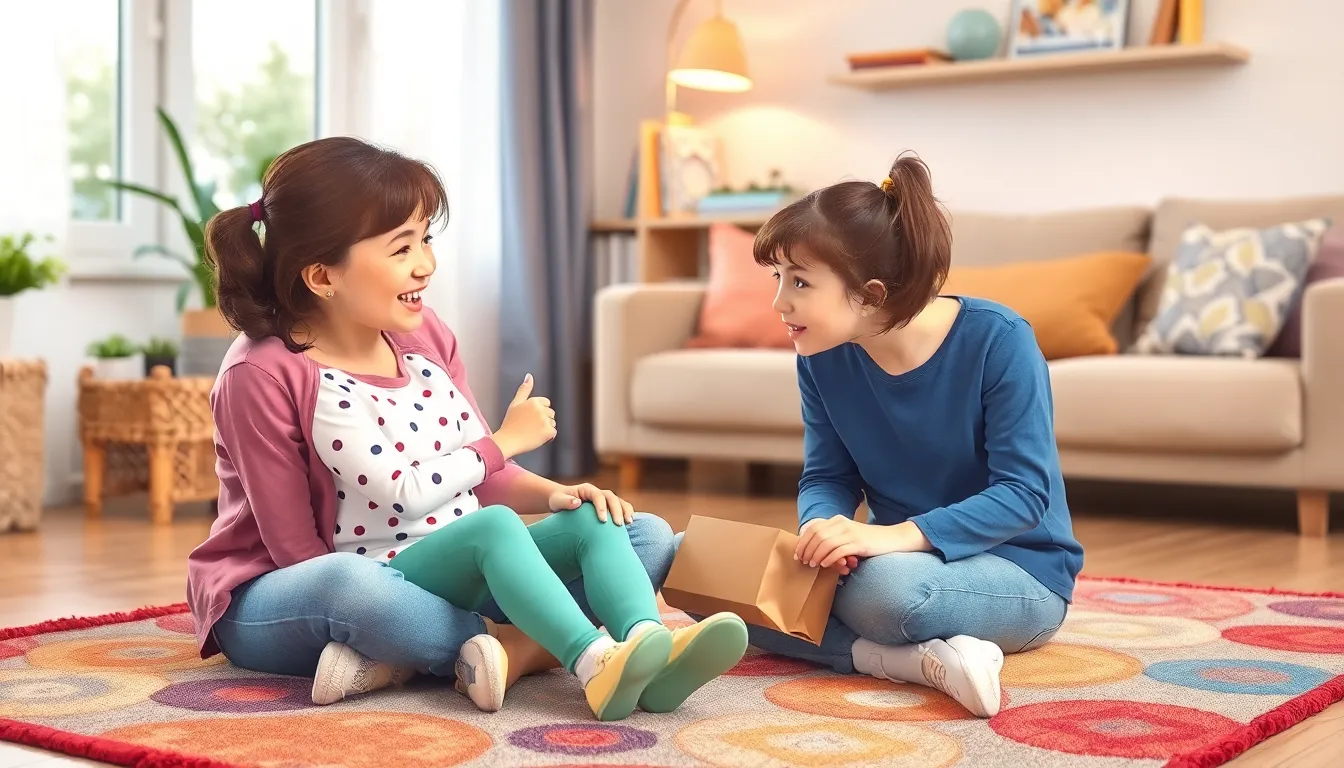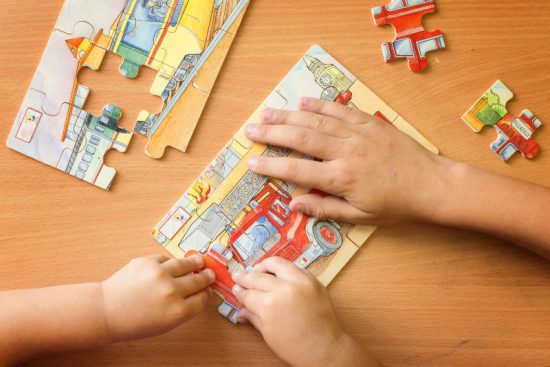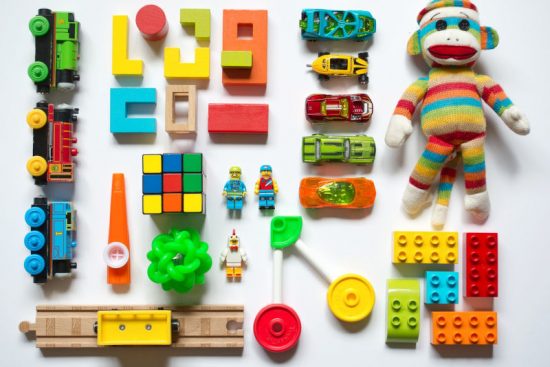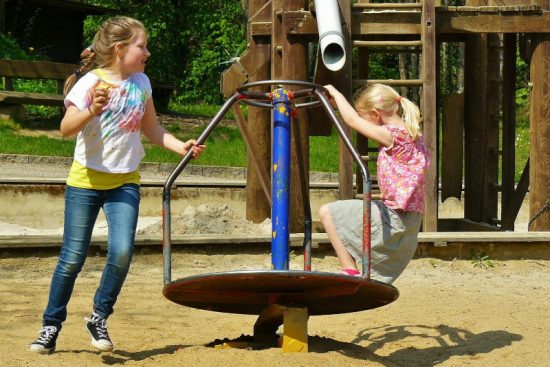
Navigating the wild world of preschoolers can feel like trying to herd cats—if those cats were hyperactive, curious, and armed with crayons. As parents, they face the daily challenge of turning chaos into calm, all while keeping their sanity intact. Fear not! There’s a treasure trove of tips and tricks to help make parenting a little less like a circus and more like a well-rehearsed dance.
Parenting Tips for Preschoolers
Understanding preschooler development enhances effective parenting strategies. This phase encompasses crucial growth milestones.
Physical Development
Physical development plays a significant role in preschoolers’ lives. Gross motor skills improve as they run, jump, and climb. Fine motor skills sharpen through activities like coloring and building with blocks. Coordination and balance evolve rapidly, enabling them to engage in more complex play. Parents facilitate this growth by providing safe environments filled with various toys and tools. Encouragement and participation during physical activities nurture their development.
Cognitive Development
Cognitive development sparks curiosity in preschoolers. They ask countless questions, eager to understand the world around them. Memory and problem-solving skills expand as they explore concepts like colors, shapes, and numbers. Engaging in activities such as puzzles and storytelling strengthens their cognitive abilities. Interactive learning experiences encourage their intellectual growth. Parents supporting exploration and discovery promote a love for learning.
Social and Emotional Development
Social and emotional development impacts preschoolers’ relationships. They learn to express feelings and understand others’ emotions. Sharing, taking turns, and cooperation become vital social skills. Engaging in group activities fosters friendships and empathy. Parents play a crucial role by modeling appropriate behaviors and providing guidance. Encouraging open conversations about emotions strengthens their resilience and communication skills.
Effective Communication Strategies

Effective communication with preschoolers fosters understanding and strengthens relationships. Utilizing engaging techniques can significantly enhance interactions.
Active Listening Techniques
Active listening involves giving full attention to the child. Parents should face their child and maintain eye contact to convey sincerity. Acknowledge their feelings by nodding and using verbal affirmations like “I see” or “That’s interesting.” Paraphrasing their words encourages deeper conversation, showing that their thoughts matter. Using open-ended questions helps children elaborate on their ideas. For instance, “What did you like most about the story?” promotes discussion. Finally, minimizing distractions, such as turning off electronic devices, can create a focused environment for meaningful dialogue.
Encouraging Expression of Feelings
Encouraging the expression of feelings is crucial for emotional development. Parents can model emotional vocabulary, helping children articulate their emotions. Phrases like “I feel happy when” or “It makes me sad when” provide clear frameworks for self-expression. Using visual aids, such as charts with faces depicting different emotions, can support this learning. Role-playing scenarios fosters understanding of various feelings. Sharing personal experiences allows children to relate and participate in conversation. Additionally, creating a safe space for children to express fears or frustrations enables open communication, building trust in the parent-child relationship.
Establishing Routines
Establishing routines serves as a foundational aspect of parenting preschoolers. Routines provide predictability, helping children feel secure within their environment.
Importance of Consistency
Consistency fosters a sense of stability in preschoolers’ lives. Daily routines help children understand what to expect, reducing anxiety and challenging behaviors. Establishing consistent meal, play, and bedtime schedules improves overall discipline. Engaging in these routines allows parents to build trust and teach children responsibility, forming healthy habits. Adhering to set routines reinforces learning and helps shape their understanding of time management.
Balancing Structure and Flexibility
Creating a balance between structure and flexibility is essential for preschoolers’ development. Rigid routines may stifle creativity and exploration. Allowing for some flexibility enhances adaptability, encouraging children to embrace changes. Parents can introduce spontaneous activities, like an unexpected outing or a fun family game. Mixing structured time with unstructured play promotes imaginative thinking and problem-solving skills. Finding an equilibrium supports children’s needs for both consistency and room for growth.
Positive Discipline Techniques
Positive discipline techniques guide parents towards effective strategies for managing preschooler behavior. These methods cultivate understanding and respect, promoting a constructive environment.
Setting Boundaries
Establishing clear boundaries is essential for preschoolers. Communicating expectations helps them understand acceptable behavior. Consistency in enforcing these boundaries builds security, allowing children to feel safe. Parents should be firm yet gentle when explaining rules. For instance, maintaining a calm tone reinforces the message without instilling fear. Involving children in the process fosters cooperation; asking for their input can empower them. Regularly revisiting and adjusting boundaries ensures relevance as their developmental needs change.
Using Positive Reinforcement
Positive reinforcement encourages desired behaviors by recognizing and rewarding them. Praising children for following directions or sharing toys reinforces those actions. Immediate feedback enhances their understanding of the connection between behavior and reward. Parents might use stickers or special privileges as incentives, making them excited about continuing good behavior. Focusing on specific achievements cultivates a sense of accomplishment. This approach not only builds self-esteem but also strengthens the parent-child bond, fostering a nurturing atmosphere for growth.
Engaging Learning Activities
Engaging learning activities stimulate preschoolers’ curiosity while facilitating growth. Parents can use various methods that cater to different developmental areas.
Play-Based Learning
Play-based learning encourages discovery through fun. Children explore the world around them by engaging in playful scenarios. Role-playing as different characters fosters creativity and enhances social skills. Building blocks improve fine motor skills and problem-solving abilities. By incorporating everyday items, parents can inspire imaginative play while reinforcing learning concepts. Learning through play not only keeps preschoolers entertained but also connects knowledge to real-life experiences.
Incorporating Educational Games
Incorporating educational games offers a structured way to make learning enjoyable. Games like matching cards enhance memory, while board games promote counting and strategy. Using puzzles can develop critical thinking while improving hand-eye coordination. Digital educational apps designed for preschoolers introduce basic concepts through interactive experiences. Balancing screen time with physical activities keeps engagement high and learning effective. These games not only serve education but also encourage family bonding during shared playtime.
Building Healthy Relationships
Healthy relationships between parents and preschoolers create a solid foundation for development. These connections foster mutual trust and understanding.
Strengthening Parent-Child Bond
Prioritizing quality time enhances the parent-child bond. Engaging in activities together—like reading books or playing games—creates shared experiences. Celebrating achievements, no matter how small, reinforces the child’s sense of accomplishment. Open communication skews towards expressing feelings, fostering a secure environment where emotions are validated. Showing interest in a child’s activities builds trust, encouraging them to share thoughts. The parent’s consistency in attending to the child’s needs further solidifies this connection. Positive interactions nurture a loving relationship, which plays a crucial role in emotional development.
Encouraging Independence
Fostering independence helps preschoolers develop confidence. Encouraging them to make simple choices—like selecting clothes or snacks—promotes decision-making skills. Providing opportunities for children to complete tasks independently, such as dressing themselves, instills a sense of capability. Allowing them to face minor challenges supports problem-solving abilities while preventing overprotection. Parents can guide children through new experiences, ensuring they feel supported yet free to explore. Reinforcing their efforts, even if results aren’t perfect, cultivates resilience. These practices empower preschoolers, nurturing their growth into self-reliant individuals.
Conclusion
Navigating the world of preschool parenting can be a rewarding yet challenging journey. By embracing effective strategies and fostering strong relationships, parents can create an environment that nurtures growth and exploration. Establishing routines while allowing for flexibility helps preschoolers feel secure and encourages creativity.
Positive discipline techniques and open communication are essential in guiding behavior and building trust. Engaging in play-based learning activities not only stimulates curiosity but also strengthens family bonds. Ultimately, by prioritizing connection and understanding, parents can transform the chaos of parenting into a fulfilling experience that supports their child’s development and independence.




